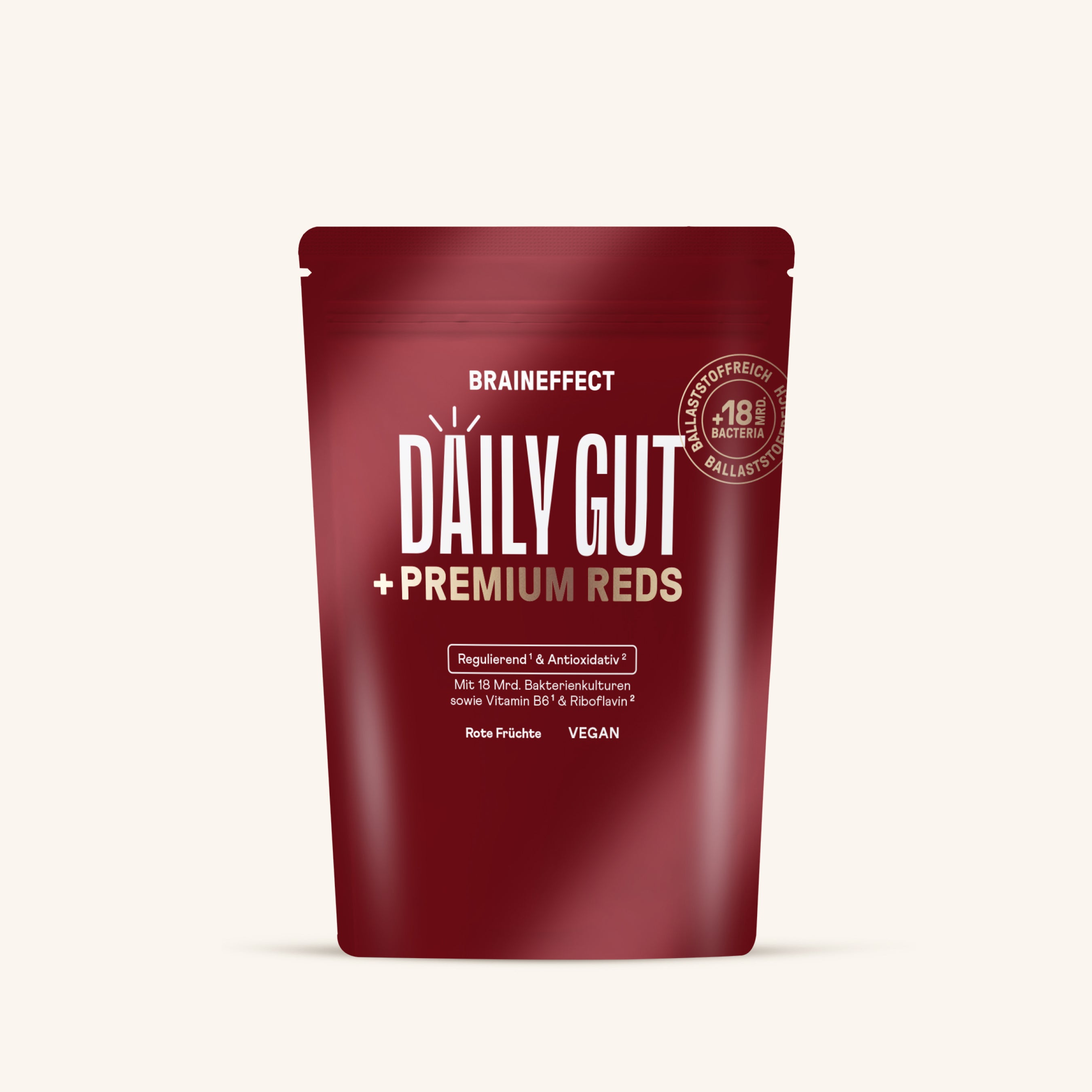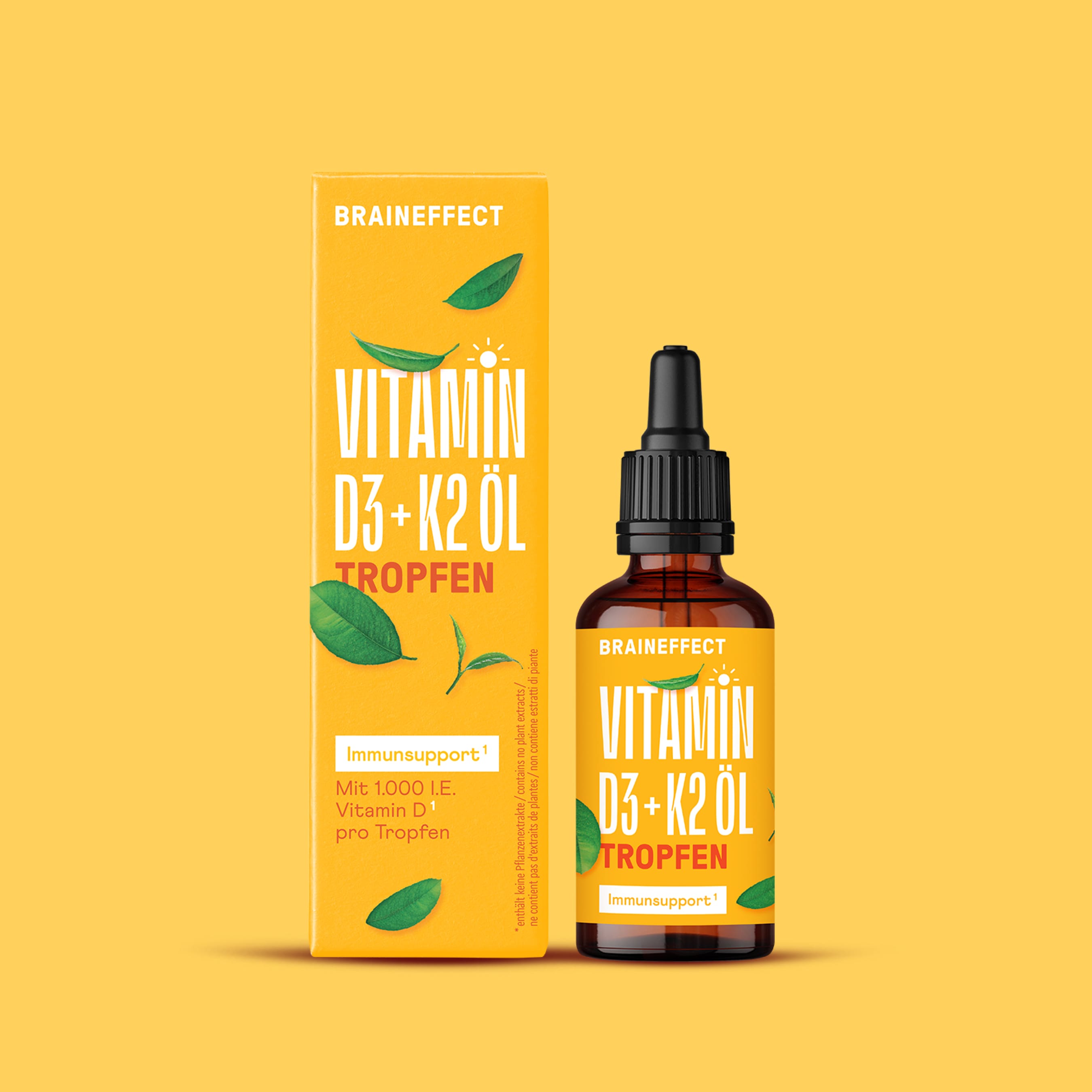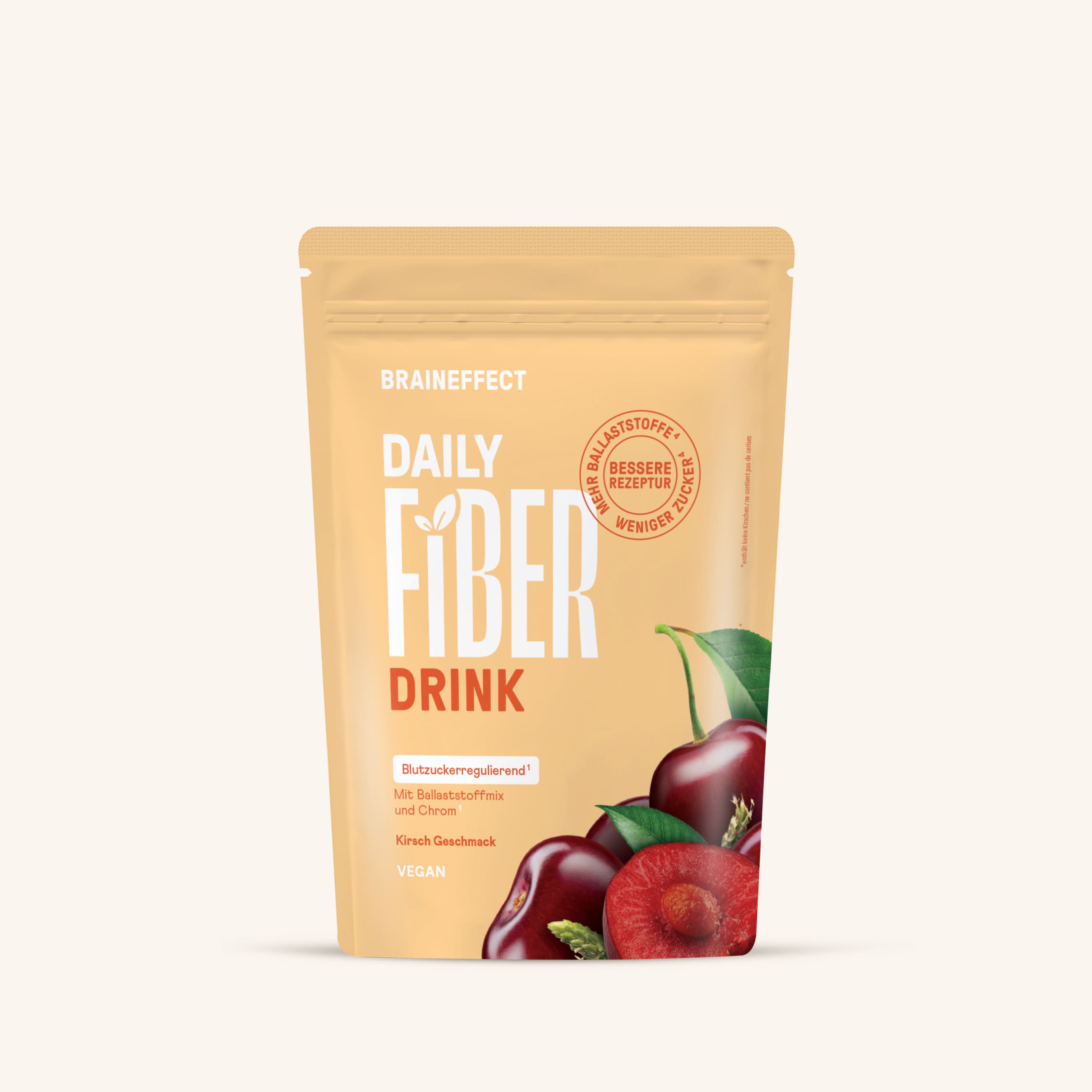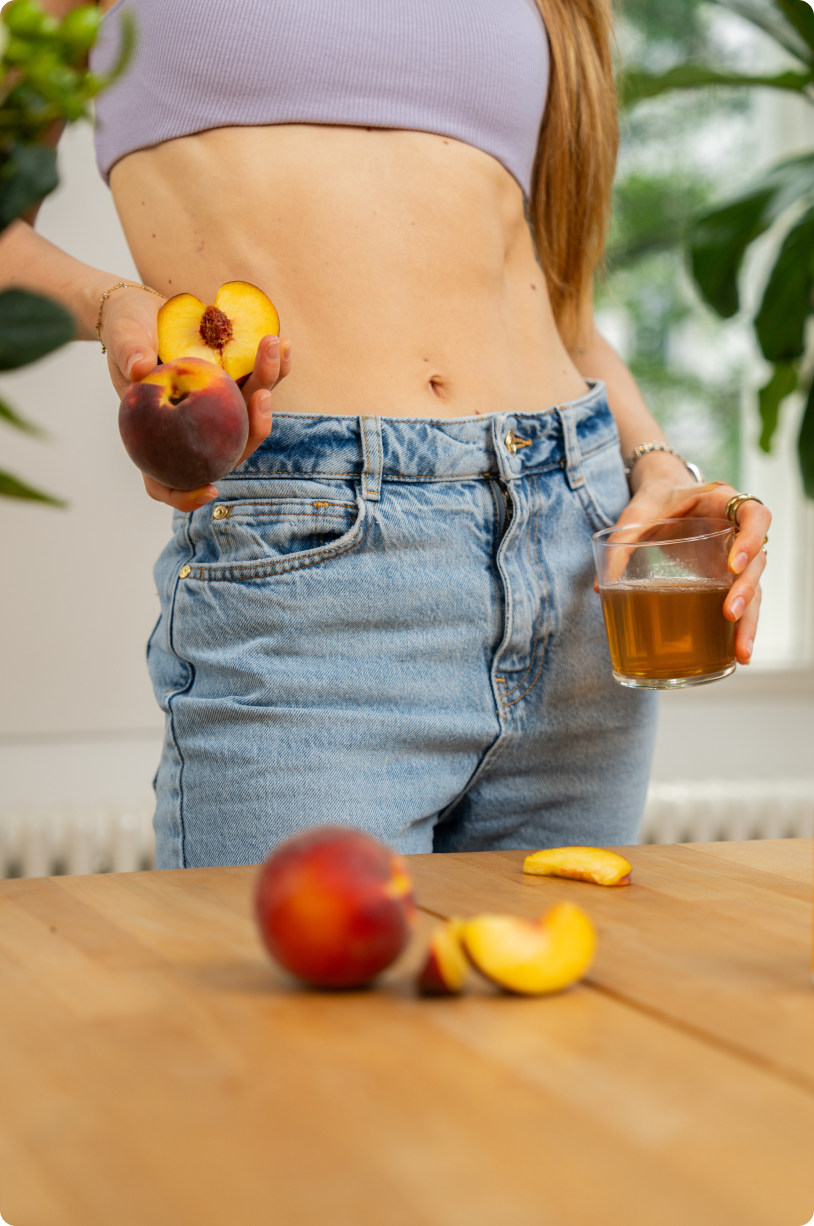Antioxidant and anti-inflammatory: Learn all about the synthetic form of the secondary plant substance resveratrol.
Table of contents
1. What is Trans-Resveratrol
Trans-resveratrol is the synthetic variant of the secondary plant substance resveratrol . It belongs to the group of polyphenols , which occur naturally in many foods. As powerful antioxidants, polyphenols can eliminate oxidative stress by neutralizing free radicals [1].
However, the first known source of resveratrol is considered to be a white lily species from Japan. In 1963, the so-called " Japanese knotweed " was also discovered as a natural source of resveratrol.
This carnation-like tall plant is considered a pest in Japan due to its aggressive spreading strategy. In Japanese medicine, knotweed is known as "ko-jo-kon."
Due to its health-promoting effects, it also plays an important role in the Indian Ayurvedic tradition under the name “Darakchasava”.
BRAINEFFECT HACK : Want to benefit from the positive effects and high bioavailability of trans-resveratrol ? Then you've come to the right place.
Discover TRANS-RESVERATROL now
2. The French Paradox
However, resveratrol gained notoriety in the 1990s in connection with the so-called "French paradox." This is based on the observation that French people live very long lives despite their relatively intensive alcohol and fat consumption .
In addition to red and rosé wines, other components of French cuisine, such as dairy products, were also examined in this context with regard to their potentially health-promoting effects.
The result: Through their high consumption of red grape wine, French people inadvertently ingest high amounts of antioxidant polyphenols. The researchers concluded that this reduced their long-term risk of cardiovascular disease [2].
3. Trans-Resveratrol: Effects and Side Effects
Even in more recent research, resveratrol and trans-resveratrol are still linked to longevity and cardiovascular protection. Furthermore, an effect against diabetes and, in a cosmetic context, an anti-aging effect are being discussed.
It's important to note, however, that this has n't been conclusively proven to date . The only known fact is that resveratrol and its synthetic variant, trans-resveratrol, are antioxidants and can therefore significantly reduce oxidative stress .
Because trans-resveratrol is more stable than natural resveratrol , supplementation is particularly worthwhile. The European Food Safety Authority (EFSA) recommends a maximum intake of 150 mg per day . However, even higher doses of up to 500 mg have not resulted in any side effects.
Therefore, there are no specific side effects associated with trans-resveratrol. Only severe overdoses of up to 5,000 mg have resulted in symptoms such as diarrhea and headaches . These symptoms, however, disappeared after discontinuation of use.
Although trans-resveratrol can be considered quite safe, you should definitely consult your doctor before taking it. If you're already taking other medications, you should also discuss this with your doctor beforehand to avoid unnecessary interactions.
4. Resveratrol Foods
Resveratrol occurs naturally, especially in red grapes , mulberries , and peanuts . Depending on how they are produced, beverages or foods derived from these staple foods can also be very rich in valuable polyphenols.
The resveratrol content is therefore also reasonably high in grape juice and red wine . Interestingly, however, resveratrol is present in red wine, rosé, and even white wine at a significantly higher concentration than in juice:
- Red wine: 0.27 mg/100 ml
- Rosé wine: 0.12 mg/100 ml
- White wine: 0.04 mg/100 ml
- Sparkling wine: 0.009 mg/100 ml
- Grape juice: 0.0051 mg/100 ml.
With regard to wines, the grape variety Tannat should be included whenever possible. According to recent findings, this variety contains particularly high levels of natural resveratrol and some other polyphenols [3].
However, the most effective way is to obtain the plant substance directly in its natural form from grapes . For an antioxidant effect, however, you should always choose the seeded variety : seedless grapes contain significantly lower doses of resveratrol.
5. Buy Trans-Resveratrol
If you need a solid antioxidant because you exercise a lot or have a very demanding lifestyle, you may want to consider purchasing resveratrol as a supplement.
There are now a wide variety of different dietary supplements available. When choosing a suitable product, you should make sure it has a plant-based and easily digestible capsule shell . Furthermore, the formulation should always be based on high-quality trans-resveratrol.
If you're interested in polyphenols, you might also want to consider purchasing an OPC product. This plant compound is also often found in the seeds and skins of red grapes and is often offered together with resveratrol in a combination active ingredient complex.
BRAINEFFECT HACK : In our shop you can get high-quality trans-resveratrol as your antioxidant supplier.
Discover TRANS-RESVERATROL now
6. Conclusion
Trans-resveratrol is the synthetic and more stable variant of the polyphenol resveratrol. This secondary plant substance is one of the best antioxidants and can therefore neutralize free radicals and prevent oxidative stress.
Good sources of resveratrol include red wines, grape juice, and, of course, red grapes with seeds. Those who prefer to supplement this antioxidant should make sure they are high-quality and consider a combination product with OPC.
7. Sources
[1] Scalbert, A.; Johnson, IT; Saltmarsh, M. (2005), Polyphenols: Antioxidants and Beyond, American Journal of Clinical Nutrition, Volume 81, Issue 1: Supplements, p. 215-217, https://pubmed.ncbi.nlm.nih.gov/15640483/.
[2] Renaud, S.; de Lorgeril, M. (1992), Wine, Alcohol, Platelets and the French Paradox for Coronary Heart Disease. Lancet Volume 339, Issue 8808, p. 1523-1526, https://pubmed.ncbi.nlm.nih.gov/1351198/.
[3] Da Silva, C.; Zamperin, G.; Ferrarini, A. (2013), The High Polyphenol Content of Grapevine Cultivar Tannat Berries Is Conferred Primarily by Genes That Are Not Shared with the Reference Genome, The Plant Cell: American Society of Plant Biologists, Volume 25, Issue 12, p. 4777-4788, https://www.ncbi.nlm.nih.gov/pmc/articles/PMC3903987/.















